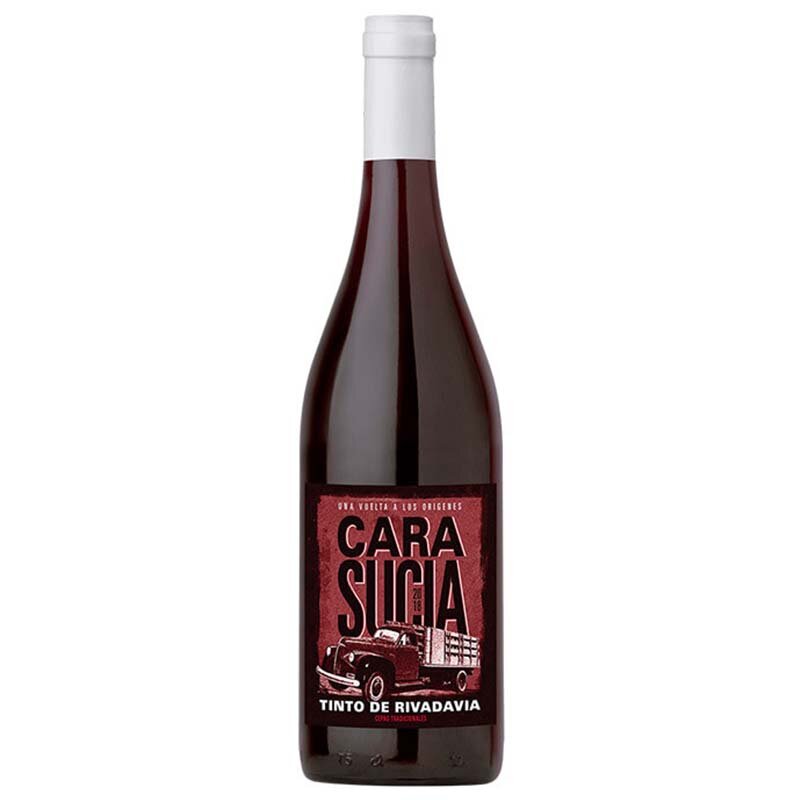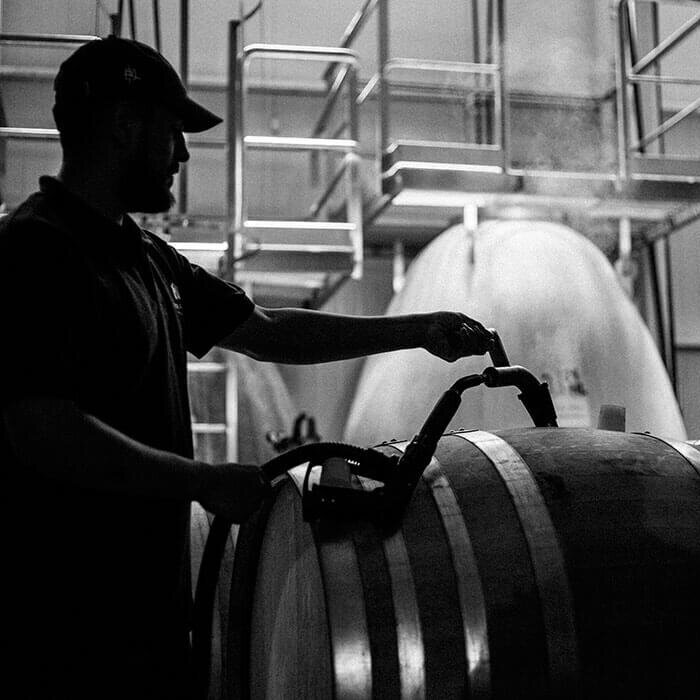Diego’s pick - October 2020
Mendoza is the capital of wine in Argentina with 75% of its total national wine production, while Argentina is the fifth largest wine producer in the world with 13 million hectoliters produced in 2019 and only 21% of this volume exported.
Maybe you have already heard many times about Mendoza’s wine producing regions of Maipú and Luján de Cuyo, with their traditional and centenary vineyards in Agrelo, Las Compuertas, Vistalba, Lulunta, etc.; you may also know about the high and renowned vineyards of Uco Valley (such as Gualtallary, Paraje Altamira, La Consulta, Los Chacayes, etc.). Most of the exported bottled wines come from Mendoza and they typically come from these regions.
However, the less famous East side of Mendoza province is the cornerstone of the Argentine wine industry.
With 5 departments, San Martin, Junin, Santa Rosa, La Paz and Rivadavia, and +70,000 hectares of vineyards (the largest planted area in the country) it is the heart of the country’s wine growing sector. The wines which come from East Mendoza have been consumed in the domestic market for many generations. Bonarda (Corbeau in its native France) is the dominant red variety in this region.
This situation makes, until now, East Mendoza’s wines unknown by foreign consumers.
With the rise of indigenous vine varieties such as Criolla Chica, Cereza, Moscatel, Pedro Ximenez, etc. East Mendoza regains validity and gains prominence. Boutique projects from prestigious winemakers have began to deliver unique wines and the world seems more willing to know and taste them.
I pick myself this wine, Cara Sucia (“dirty face”) Traditional Grapes, because it represents the traditional Argentine table wine, but in a modern and current fashion. You can drink a glass of this wine every day and in any occasion. It is easy to drink, versatile and special.
Cara Sucia - Cepas Tradicionales (2018)
Red blend of: Bonarda, Syrah, Sangiovese, Cardinale, Beiquiñol, Barebera, Buonamico. Co-fermentation of the same vineyard.
Vineyard location: Rivadavia, Mendoza, 450 m.a.s.l.
Year of planting: 1940
Vineyard management: 100% organic, mantle irrigation
Soils: sandy loam
Winemaking: Alcoholic, malolactic fermentation & aging in concrete eggs.
Tasting Notes: Aromas of red fruits such as fresh cherry ripe, dried herbs and rosemary. In the mouth it combines tannins friendly and fruity with a marked acidity.
Awards: 2019, 90 puntos Tim Atkin; 2018, 91 puntos James Suckling; 2018, 91 puntos Tim Atkin; 2018, 90 puntos Descorchados
Recommended drinking temperature: 12º - 14ºC
October’s pick has a special 20% discount (check it here)! This is an unique wine to taste outside Argentina. A simple and honest wine, for daily use.
Cheers!
Picture credits: www.durigutti.com




